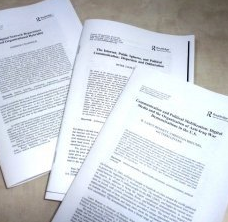VI.CONCLUSION AND FUTURE WORK
Considering the potential applications of the IoT it is important that 6LoWPAN networks are protected against internal and external intrusions. This work concludes that, the proposed novel light weight IDS system is basically designed for resource constrained sensor nodes and able to detect Denial of Service attacks of two kind packet relay and encapsulation. Mostly centralized modules are used for doing heavy processing and Light weight modules run on sensor nodes causing saving of energy on sensor nodes. Adding location information of nodes made system more efficient for detection of wormhole attack with lesser overhead and with high true positive detection rate. This method takes fixed number of UDP packets for attack detection. The RAM/ROM consumption is also very small as compared to total available sizes. The method give 94% detection rate which is very good for resource constrained environment. In future, we expect to complete the implementation of our proposed architecture and test it against different real attacks. Apart from this, the proposed architecture can be further improved by the following: Distributed Approach; To monitor large networks distributed sniffing, detection mechanisms are required. Security Incident and Event management system (SIEM) once the IDS detect some alerts, this raw information can be accessed by certain alert management software. These tools provide effective statistics and various notifying options to the administrators via email, sms, etc. In future, extending support to SIEMs will be considered. Finally, a centralized monitoring system could be designed such that all network management information from ebbits network manager and IDS alerts could be monitored. After detecting a DoS attack, specific mechanisms can be designed to defend the attack i.e., the intrusion prevention systems (IPS).








